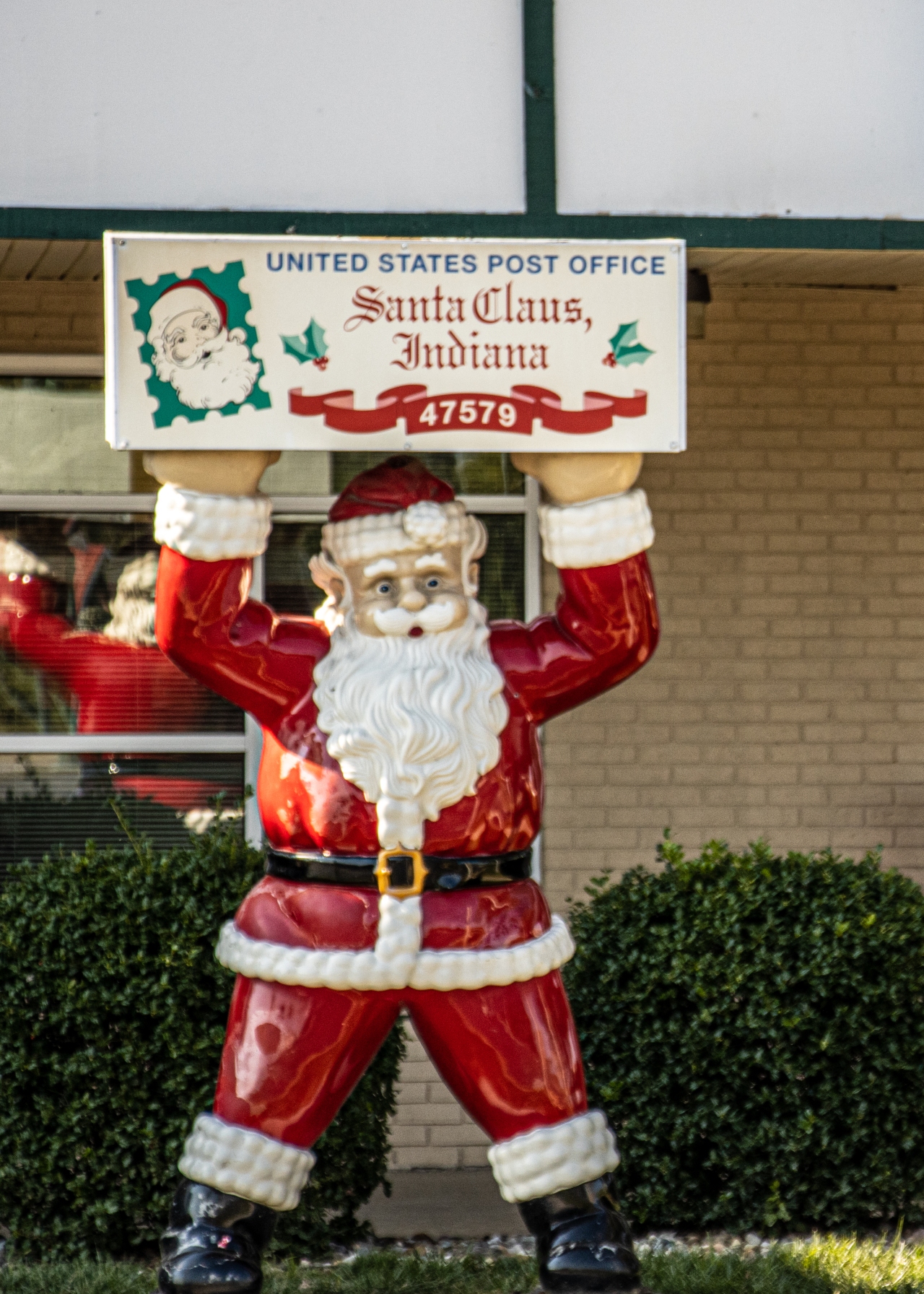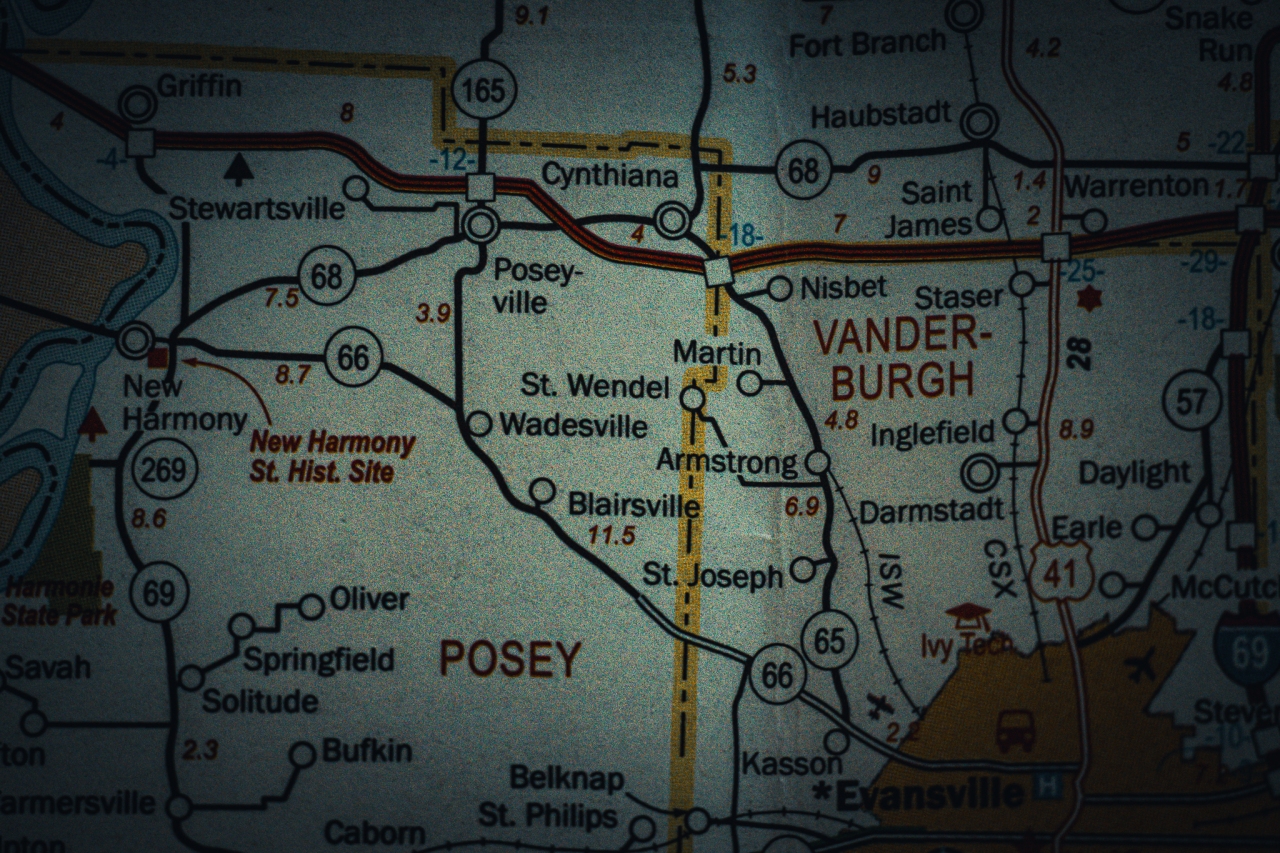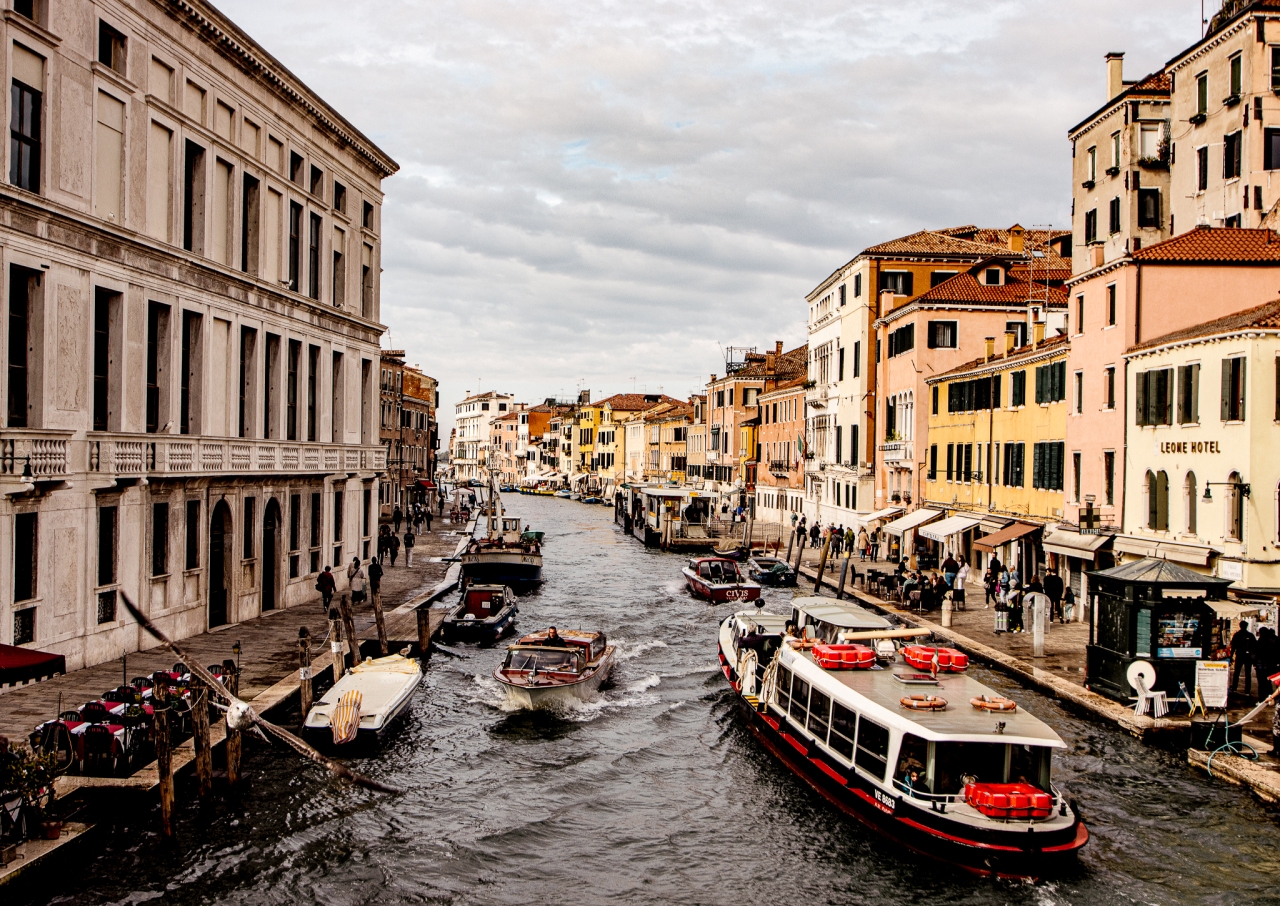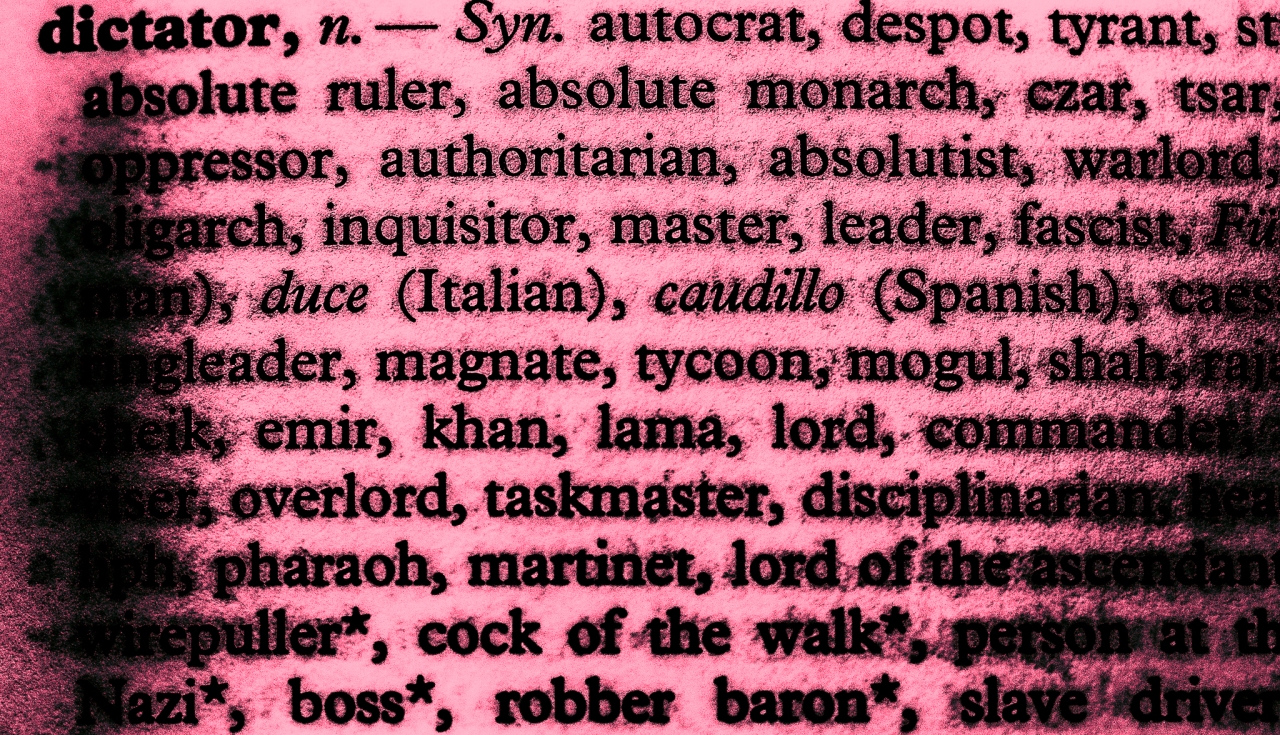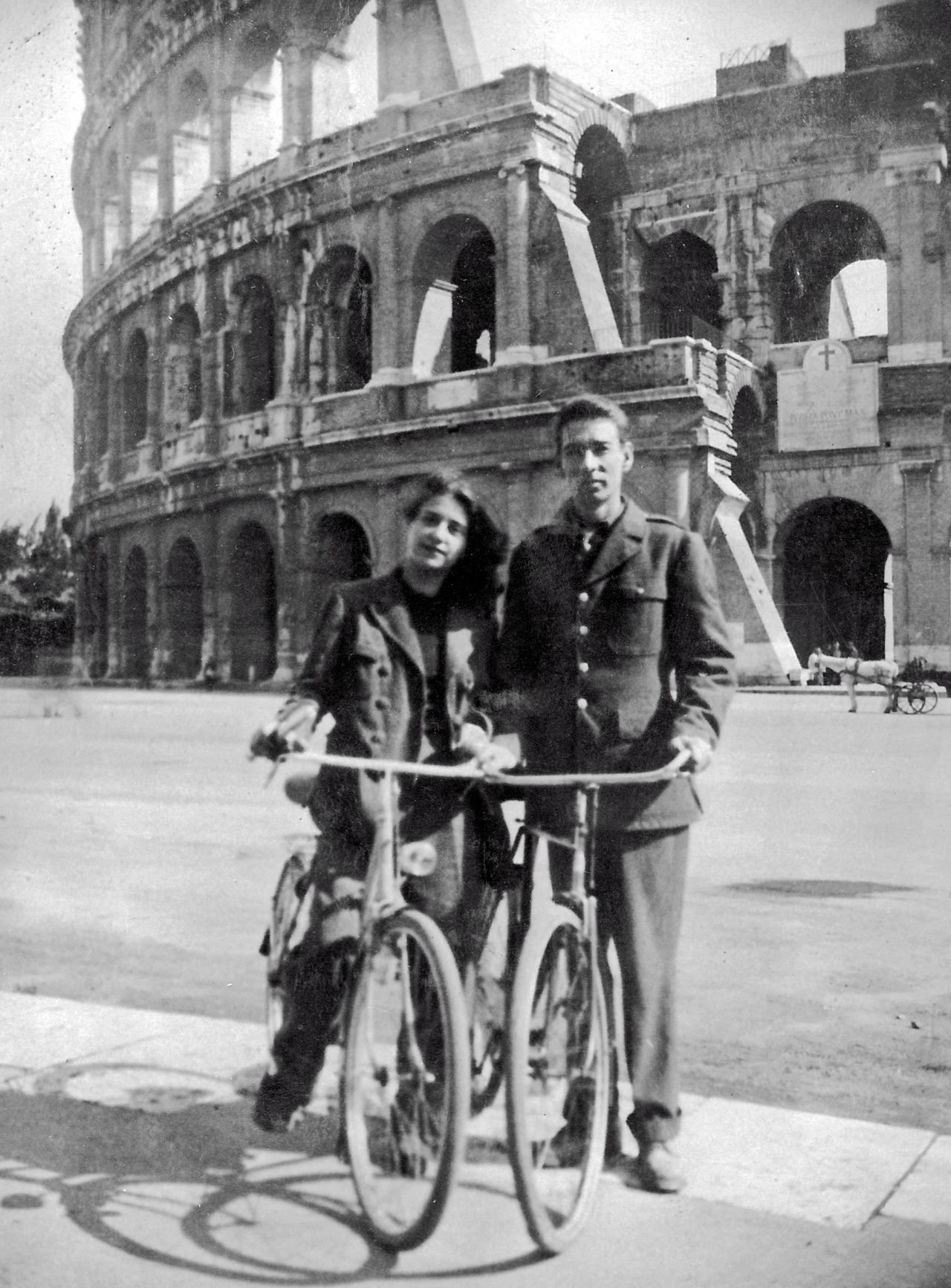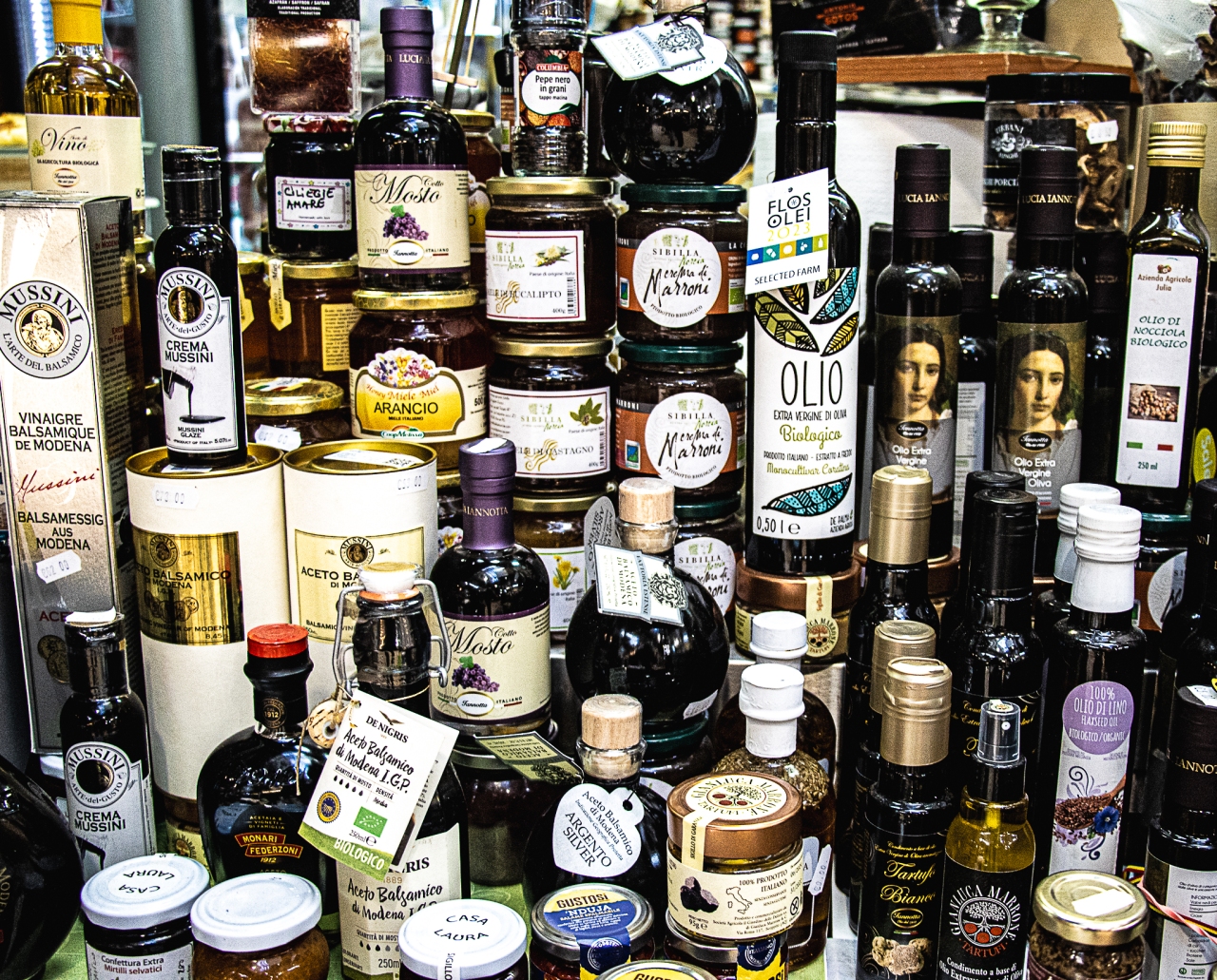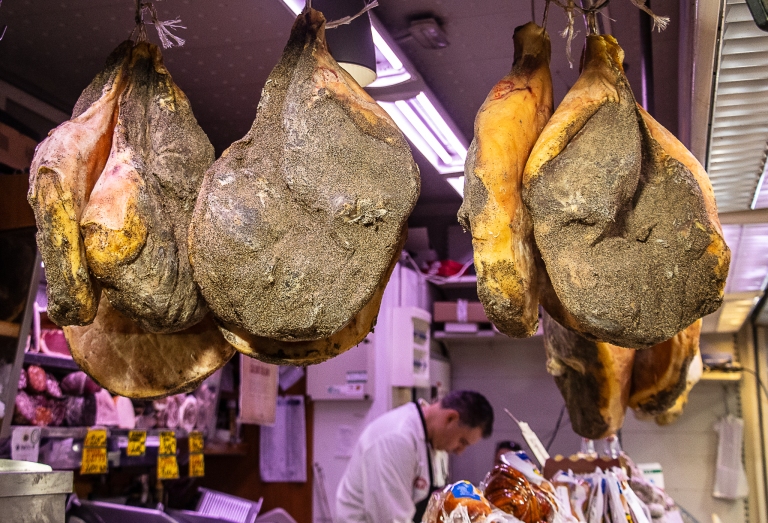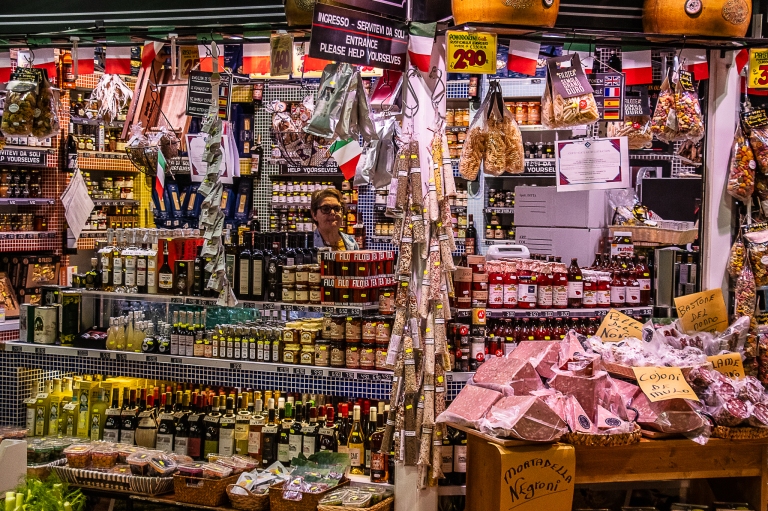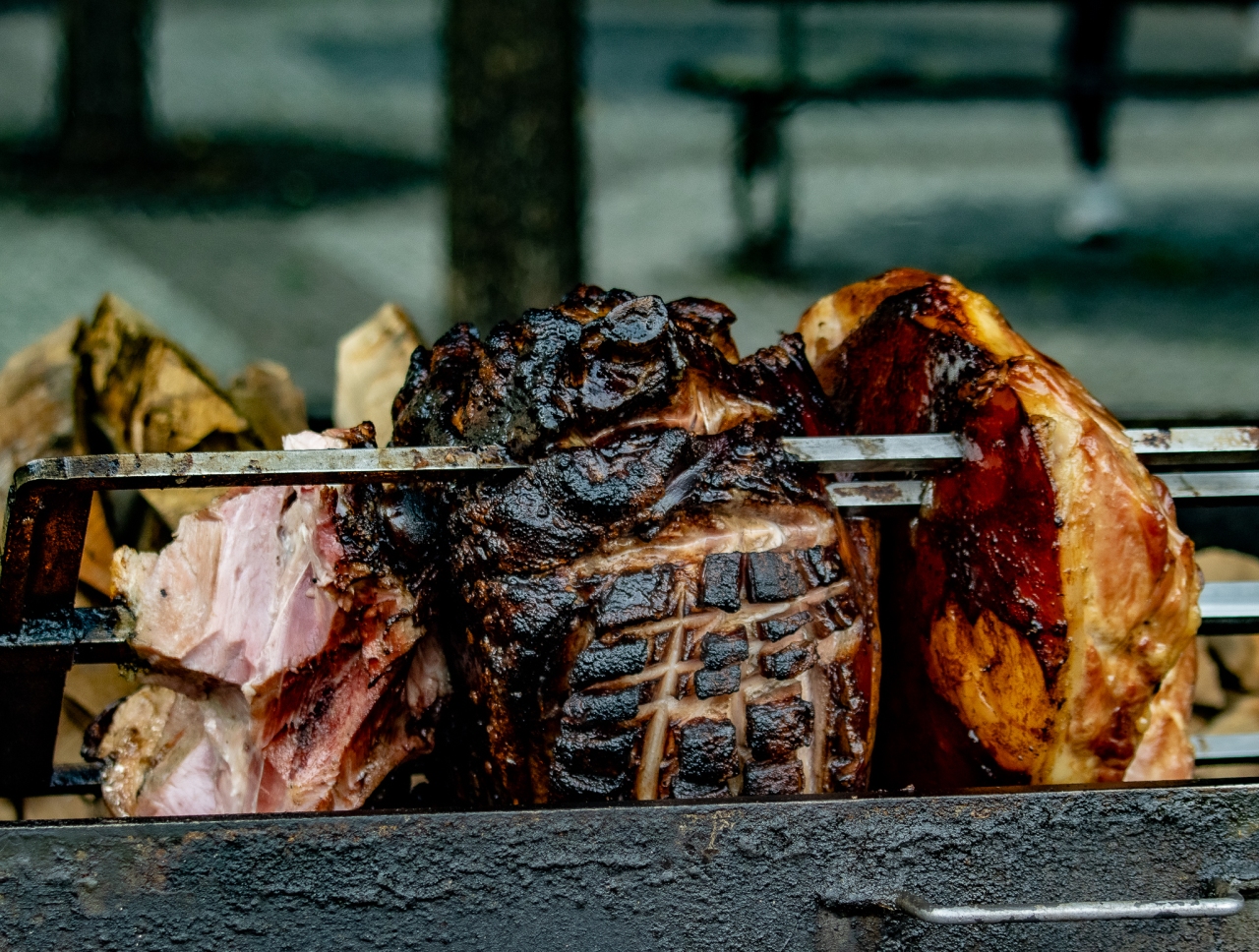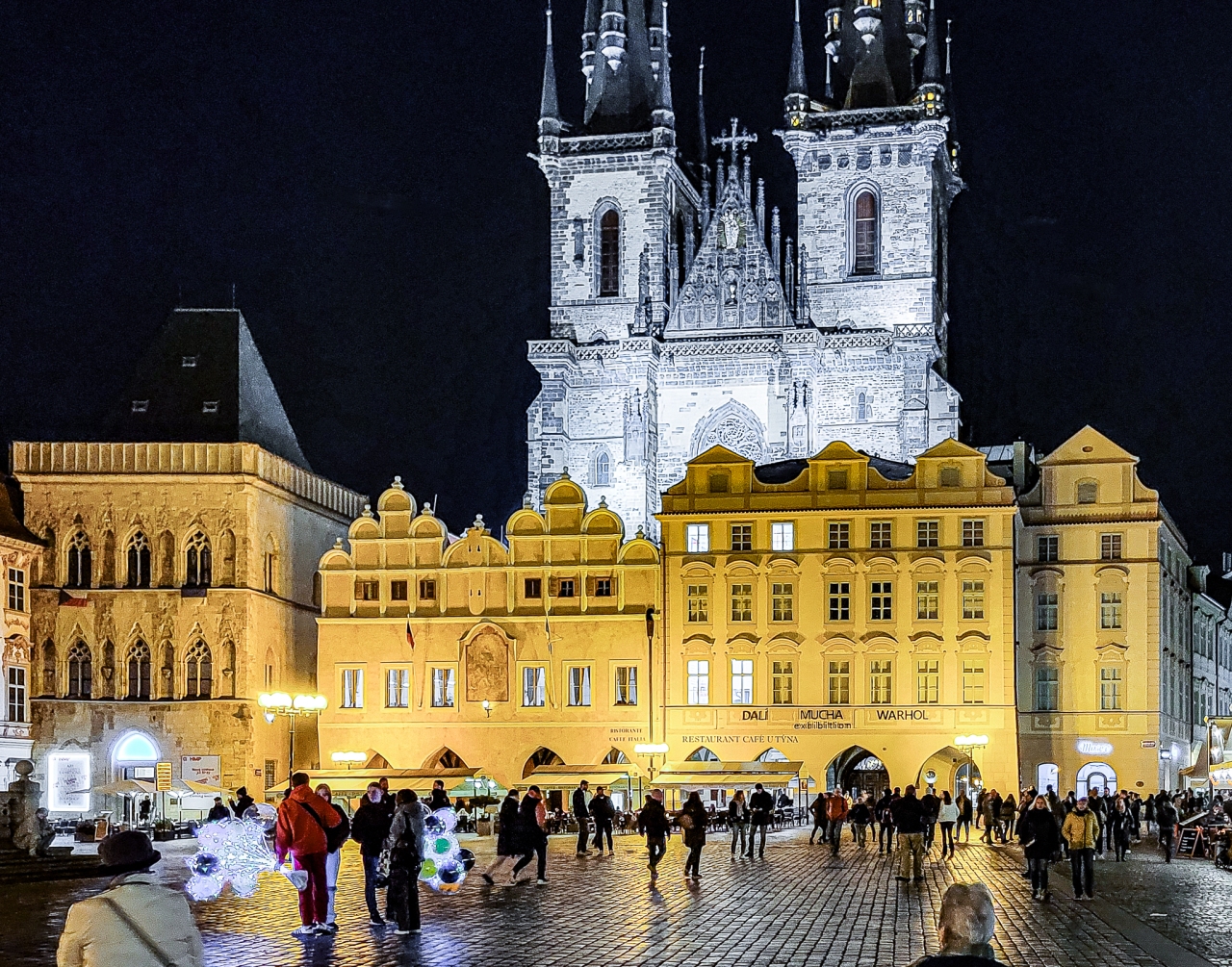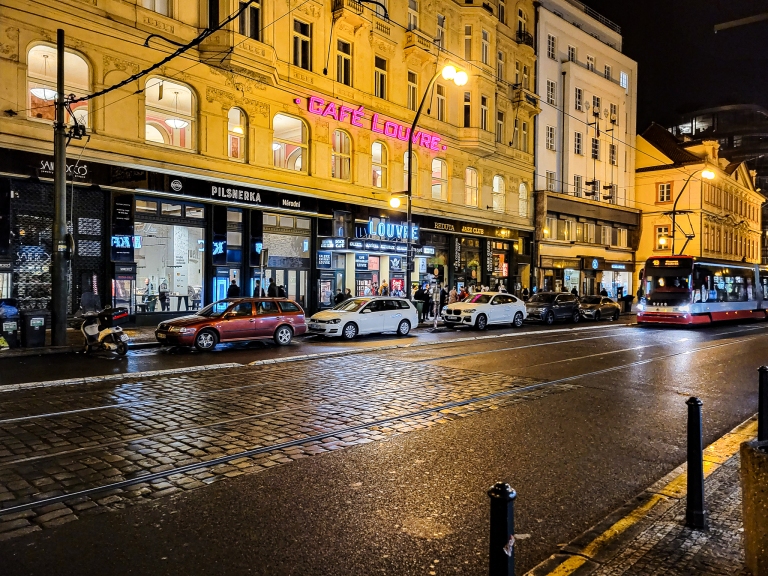Santa Claus strikes me as being a bit creepy. But I’m getting ahead of myself.
After getting over my Bruceville gloom (see previous post), I set out, eastbound, for French Lick, hometown of hated former Boston Celtic, Larry Bird. “The hick from French Lick,” they called him. Still do I guess. Back in the day, I had other choice names for him. None quite so flattering as “hick.” It was the 1980s, the era that many consider the golden years of the National Basketball Association.
I was a Los Angeles Lakers fan and naturally my favorite player was Earvin “Magic” Johnson. The Johnson and Bird rivalry that went back to their college days when Johnson’s Michigan State Spartans defeated Bird’s Indiana State Sycamores to win the 1979 NCAA Championship captivated basketball fans worldwide. That classic matchup still ranks high in number of viewers.
You were either Bird or Magic. There was no in-between. No self respecting Laker fan could feel anything but enmity towards Bird. “Larry Legend,” could’ve cured cancer and then walked across the oceans to feed the world’s hungry and he would still be that fucking guy. Of course, the ill will went both ways. And still, fans of the one bestowed grudging credit to the hated other.
So why drive eastbound, halfway across Indiana to French Lick when I should be heading due south to New Harmony?
Because.
Because decades after the rivalry that was so magical, a rivalry that literally lifted the NBA out of the doldrums that it had been languishing in, I’m feeling a pull. Fucking Larry Bird broke my heart countless times during that fabulous decade, but still, I realize that without Larry Legend, that golden age of basketball would’ve never existed except maybe in some cheap sports novel. I have to pay homage to the villain of my early adulthood.
Just before the little community of Ragsdale is an imposing brick church, the Methodist, Asbury Chapel. The original church was built in 1847 on land donated by a pioneer named John Horn who came to the area in the 1830s as part of the great westward movement.
From Western Virginia they traveled the Wilderness Road, and then over the Cumberland Gap, the famed pass through the Appalachians, where Kentucky, Virginia and Tennessee converge. And then it was on to Louisville. From Louisville they made their way along routes that had been blazed long before by the Indigenous People.
Nearby the church is a cemetery, older than the chapel by 15 years.
Old cemeteries fascinate me. They aren’t merely eternal resting places. Old cemeteries are storytellers, chroniclers of history; and not just of an individual or a family or a community. Old gravestones are the raconteurs that can, in their dark gloominess, shed light on events that happened miles or even oceans away. They tell stories of war, stories of famine, and of pestilence. Old graveyards chart the movement of people.
Like most of these old cemeteries there is an uncanny feeling of peace. No sounds but those of my footfalls, a breeze that tosses autumn hued leaves and the birds who serenade the silent, long deaf, dwellers of this old boneyard. There’s a sort of reverence about the quiet here, spoiled occasionally by a passing vehicle. It’s a place where the living can walk among the past and, ironically, take a deep breath of tranquility.
Generations of the same family, a clan apparently split by war, rest in this old boneyard.
John and his wife, Eva had three children; Maria, John, and Christopher Stoffel. Christopher and Eva had twelve children. Son William, born in 1802, migrated to Indiana where he settled with his wife, Elizabeth. William and Elizabeth were graced with six children; three daughters and three sons.
Son John served in the Civil War, Company C, 120th Indiana Infantry, and, under the command of General William T. Sherman, likely saw action in seven battles. He survived the war but died young, at the age of 37.
John’s cousin, Peter Phillippe Jr served in Company E. 51 Indiana Volunteers.
Nearby, is the gravesite of another Phillippe, another Peter. He served in the Civil War for the Confederacy, as a quartermaster sergeant in Company E, 13th Tennessee Cavalry. Almost certainly they were all of a family that was sundered by the conflict.
There’s irony here. It’s 2021, and my country is horribly, maybe irreparably divided, and I’m standing among the gravesites of men in the same family who fought against each other 160 years ago, the only time that the country has seen a worse, more tragic division. It managed to survive that war. I can’t help but to reflect on the political divide between me and my family in Wyoming. It’s a divide that only widens, keeping pace with the expanding political and social gap that threatens to cleave the nation. Clearly the lessons haven’t been learned. I have to wonder whether we’ll find a way to learn or if we’ll perish from our own intransigence.
I’m west of Plainville and autumn is in full glorious hue. Trees ablaze in oranges, reds, yellows, and greens, shade farmhouses and yards. Past broad fields dotted orange with pumpkins. These aren’t the fake pumpkin patches of suburbia where pumpkins are laid out in otherwise empty fields, where, for the opportunity of stumbling about in the disked dirt, you pay fifteen bucks for the same pumpkin that would run you five dollars at the local supermarket. I’m passing bona fide pumpkin fields.
Off the left I pass a farmhouse that has about a half dozen rusted out cars sitting off to the side. Vintage antiques. It seems that everywhere I go in rural America there are yards and fields graced with a vintage car or truck that if restored would be valuable classics. Instead they sit outside for the elements to take their toll. Is this decoration Americana style?
Plainville stinks.
Just before hitting town, I hit the wall of a foul odor that has me rolling up the windows and holding my breath as I drive through. That pleasant smell of cut grass a few miles back has been replaced, and rudely so, by a smell that’s reminiscent of the cattle yards of the Texas panhandle. Only not quite so bad. And that, as the British say, is ‘damning with faint praise.’
The town itself is like most that I’ve passed. Another crossroads on the billiard flat land. The usual small assemblage of essential businesses that one passes through, barely noticed. They barely notice my own existence; just another out of state plate coming from somewhere and going somewhere else.
The usual small population that is, as usual, almost entirely white. I’m always struck by the inviting peace and quiet of these small burgs, but I’m equally struck by the lack of diversity. For years, I tried to sell my wife on retiring to small town rural America. You know, like the old TV program, Green Acres? It’s ‘the place to be,’ goes the theme song. The place to be until you miss walking through a city district where you hear an international soup of languages and in a single block you can pick from Italian, Vietnamese, Polish, Mexican or a juicy burger for lunch. Year after year after year of the same old sameness would have me ready for another kind of farm – the “funny” one. There’ve been times during this thousands of miles I’ve driven when I silently thank my wife for being so fucking stubborn about staying put.
Twenty minutes up the road in Raglesville I have to slow down for the distinctive black buggy that tells me I’ve arrived at an Amish community. As I drive very slowly (I’m not going to be the road tripper who takes out an Amish family out for a Sunday buggy ride) through a town that’s Sunday shuttered I pass the other telltale Amish feature; wood furniture shops.
I wait until Raglesville is out of the rearview mirror before picking up speed. The road turns south.
Bramble, Loogootee, Shoals. Who names a town Loogootee and why?
On the other side of Shoals, the familiar unbroken flatness is behind me and the road rolls, winds, rises and plunges through forests of oak, hickory, maple and birch. Almost as if I’ve come to the lip of the world, the road dives into a deep holler, the canopy of hardwood trees blotting out the sunlight. I’m not entirely comfortable here as this city boy flashes back to the movie Deliverance. Is that I banjo I hear?
As abruptly as the route dropped and darkened it suddenly emerges from the forest into a broad green expanse. Off to my left is what looks like an opulent resort. And for good reason. I’ve found the West Baden Springs Hotel. French Lick? It’s not at all what I’d expected. I was looking for a small town and a small town high school where ‘Larry Legend’ learned his craft on a playground court where the hoops didn’t even have nets.
The bubble’s been burst. There was probably no bubble in the first place. As much as I couldn’t stand Bird he’s by all accounts a stand up guy who, even if he was sinking free throws into a peach basket back in his schoolboy days, he would have since donated some of his millions into his old high school.
I’d like to imagine that somewhere in the vicinity there’s a small town where Larry Bird treated his cheerleader girlfriend to a burger and fries at the local drive-in. Certainly the owner of the the local diner fawned all over him. “That burger’s on the house Larry. Just be sure you beat Prospect next Friday night.” That’s how the movies go. Right?
Catching up to where I started; Santa Claus is a bit creepy. Not the jolly old elf. He’s fine. I’m talking about the town in southern Indiana. I saw the signs pointing to the off ramp and I couldn’t help myself even though I was considerably certain as to what I would find. After all, I’d already been to Christmas, Michigan.
A large statue of Santa Claus holding his bag of presents greets visitors right at the town limit sign that announces Santa Claus as, America’s Christmas Hometown. I pull into the Kringle Shopping Center and park so I can stretch and check out the lay of this holiday hamlet. There’s the Santa Claus Ace Hardware, and Holiday Foods, and The Santa Claus Christmas Store which is open from May through the holiday season.
Maybe I can find personalized ornaments for the family in the Christmas Store. It is literally a big box Christmas store and terribly overwhelming. I meander around the store for a few minutes and bail without making a purchase, wrapping myself in the excuse that a Christmas ornament is just too personal a thing to gift to someone.
I drive around town; on Dancer Lane, on Comet Drive and on Donder Lane. Further south, Jolly Lane connects Carol Drive with Balthazar Drive. Snow Ball Lane dead ends near the golf course.
As casual readers to this site should know by now, I like Christmas. During the season I watch the requisite holiday movies (“You’ll poke your eye out kid”), sing along to Christmas Carols on the radio (by myself in the car), and dutifully read, A Christmas Carol. I’m the first one on the block to put up the holiday lights, and I’m choosy when it comes to the revered Tannenbaum, and I won’t tolerate the tasteless notion of a fake tree. But It all has to be in the prescribed dosage that starts the day after Thanksgiving and ends at 12:01 AM, on January 2nd.
Come New Years, my Christmas cheer has about run its course. Maybe that’s partly due to the fact that retailers begin foisting Christmas on the public starting in, yes, I saw it in New Hampshire, August. It was an effrontery.
Could I live on Ornament Lane, or get used to driving about town and seeing Christmas everywhere in town on the Fourth of July? Oh hell no.
I could no more live in Santa Claus, Indiana or Christmas, Michigan than I could be a Disney adult. Maybe it’s just the curmudgeon in me, the crotchety old bastard who might settle at the corner of Ebenezer Way and Bah Humbug Boulevard. I would live in Hell, Michigan before taking up residence in Santa Claus (which I guess, gives true meaning to the term, “I’ll see you in hell first”). Oh, and by the way, get off my lawn!
I could back road my way to New Harmony but it’s getting late so I decide on Interstate 64, westbound to Griffin where I turn south onto Indiana 64. From Griffin it’s a ten minute drive to Indiana 64 which becomes Church Street at the town limits.
Past the ubiquitous Dollar General that seems to appear in every Midwest town, and then past New Harmony Wine and Spirits. A block further, on the right is 916 Church, the address for The Old Rooming House.
‘Old’ is the operative word for the hoary roost of a two story building that sits partially hidden among a stand of trees in a yard carpeted with leaves in full autumn flame. An old metal loveseat colored in chipped robin’s egg blue sits near the porch where three aging hippies are seated. “What in the fuck is this?” I say out loud as I cruise slowly past. “There must be some mistake.”
I drive around the block to get a second look and in the two minutes that pass, the old dowager hasn’t gotten a miraculous face lift. The only change is that the old hippies on the porch have spotted the car, mine, that is gliding by like a police cruiser on the prowl. Third time’s a charm. Maybe I got the address wrong. On my third pass I notice a sign partially hidden in the trees – Old Rooming House, Est 1948, Tourist Lodging.
What have I done?

